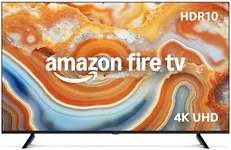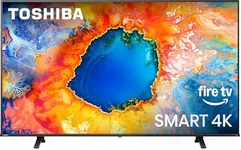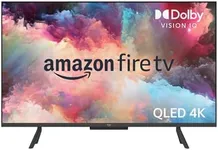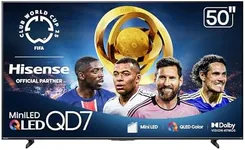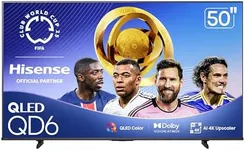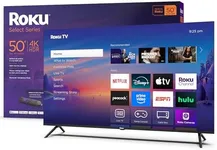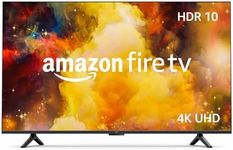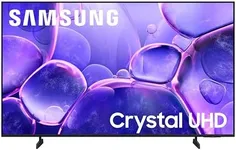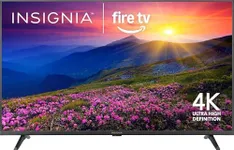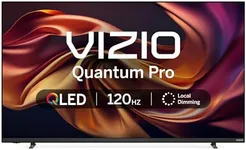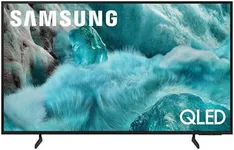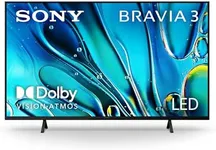Buying Guide for the Best 50 Inch Television
Choosing the right 50-inch television can significantly enhance your viewing experience. To make an informed decision, it's important to understand the key specifications and how they align with your needs. This guide will help you navigate through the essential features and select the best TV for you.ResolutionResolution refers to the number of pixels that make up the picture on the screen. The higher the resolution, the sharper and more detailed the image. Common resolutions include Full HD (1080p), 4K (2160p), and 8K. For a 50-inch TV, 4K resolution is generally recommended as it provides a clear and vibrant picture, especially if you plan to watch high-definition content or use streaming services. If you are mainly watching standard cable TV or DVDs, Full HD might suffice. 8K is more future-proof but currently has limited content available.
Refresh RateThe refresh rate is the number of times per second the TV refreshes the image on the screen, measured in Hertz (Hz). Common refresh rates are 60Hz, 120Hz, and 240Hz. A higher refresh rate can result in smoother motion, which is particularly beneficial for watching sports, action movies, or playing video games. For most users, a 60Hz refresh rate is adequate, but if you are a gamer or a sports enthusiast, you might prefer a 120Hz or higher refresh rate for a better experience.
Smart TV FeaturesSmart TV features allow you to connect to the internet and access streaming services, apps, and other online content directly from your TV. This can include popular services like Netflix, Hulu, and YouTube. When choosing a TV, consider the operating system (such as Android TV, Roku, or proprietary systems) and the availability of the apps you use most frequently. If you enjoy streaming content and want a seamless experience, ensure the TV has robust smart features and a user-friendly interface.
HDR (High Dynamic Range)HDR enhances the contrast and color range of the TV, providing a more realistic and vibrant picture. It allows for brighter whites and deeper blacks, making the image more lifelike. There are different HDR formats, such as HDR10, Dolby Vision, and HLG. For a 50-inch TV, having HDR support can significantly improve your viewing experience, especially for movies and high-quality streaming content. If you value picture quality and enjoy watching visually stunning content, look for a TV with good HDR capabilities.
ConnectivityConnectivity options determine how you can connect other devices to your TV. Important ports include HDMI, USB, and audio outputs. HDMI ports are essential for connecting devices like gaming consoles, Blu-ray players, and streaming devices. USB ports can be used for media playback from external drives. Ensure the TV has enough HDMI ports for your needs, typically at least three, and consider additional features like HDMI ARC (Audio Return Channel) for easier audio setup. If you have multiple devices to connect, prioritize a TV with ample and versatile connectivity options.
Audio QualityAudio quality is crucial for an immersive viewing experience. While many TVs have built-in speakers, they often lack the depth and clarity of external sound systems. Look for TVs with good built-in audio features, such as Dolby Audio or DTS, if you prefer not to use external speakers. However, for the best sound experience, consider pairing your TV with a soundbar or home theater system. If you value high-quality sound, ensure the TV has the necessary audio outputs to connect to external audio equipment.
Viewing AngleThe viewing angle refers to how well the picture quality is maintained when viewed from different angles. Some TVs, particularly those with VA panels, can lose color and contrast when viewed from the side. IPS panels generally offer better viewing angles, making them suitable for wider seating arrangements. If you have a large living room or plan to watch TV with a group of people, consider a TV with good viewing angles to ensure everyone has a great view.
